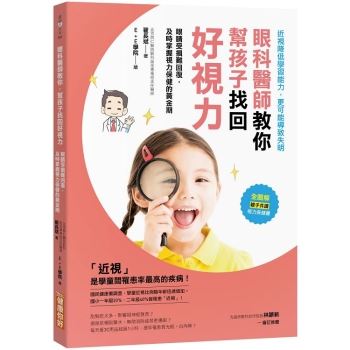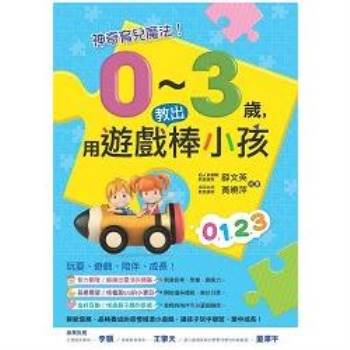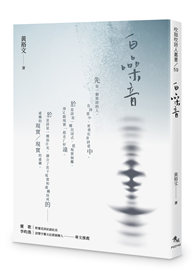"Catalogue of the Science Collections for Teaching and Research in the Victoria and Albert Museum" provides a detailed overview of the museum’s scientific holdings at the turn of the 20th century. This catalogue meticulously lists a wide array of instruments, including hygrometers, dip circles, magnetometers, and rain gauges, alongside specialized devices such as Six’s Thermometers and Aneroid Barometers.
The collection also features items lent by notable figures and institutions like L and the Hydrographic Department, highlighting the Royal Society’s influence on scientific advancement during that period. With references to Francis Ronalds and the Kew Observatory, this catalogue provides invaluable insight into the state of scientific research and education and demonstrates the museum’s commitment to preserving and presenting the scientific achievements of the era. A crucial resource for historians of science, museum curators, and anyone interested in the material culture of scientific inquiry.
This work has been selected by scholars as being culturally important, and is part of the knowledge base of civilization as we know it. This work was reproduced from the original artifact, and remains as true to the original work as possible. Therefore, you will see the original copyright references, library stamps (as most of these works have been housed in our most important libraries around the world), and other notations in the work.
This work is in the public domain in the United States of America, and possibly other nations. Within the United States, you may freely copy and distribute this work, as no entity (individual or corporate) has a copyright on the body of the work.
As a reproduction of a historical artifact, this work may contain missing or blurred pages, poor pictures, errant marks, etc. Scholars believe, and we concur, that this work is important enough to be preserved, reproduced, and made generally available to the public. We appreciate your support of the preservation process, and thank you for being an important part of keeping this knowledge alive and relevant.












![圖解 適齡教養 ADHD、亞斯伯格、自閉症[暢銷修訂版] 圖解 適齡教養 ADHD、亞斯伯格、自閉症[暢銷修訂版]](https://media.taaze.tw/showLargeImage.html?sc=14100126329)